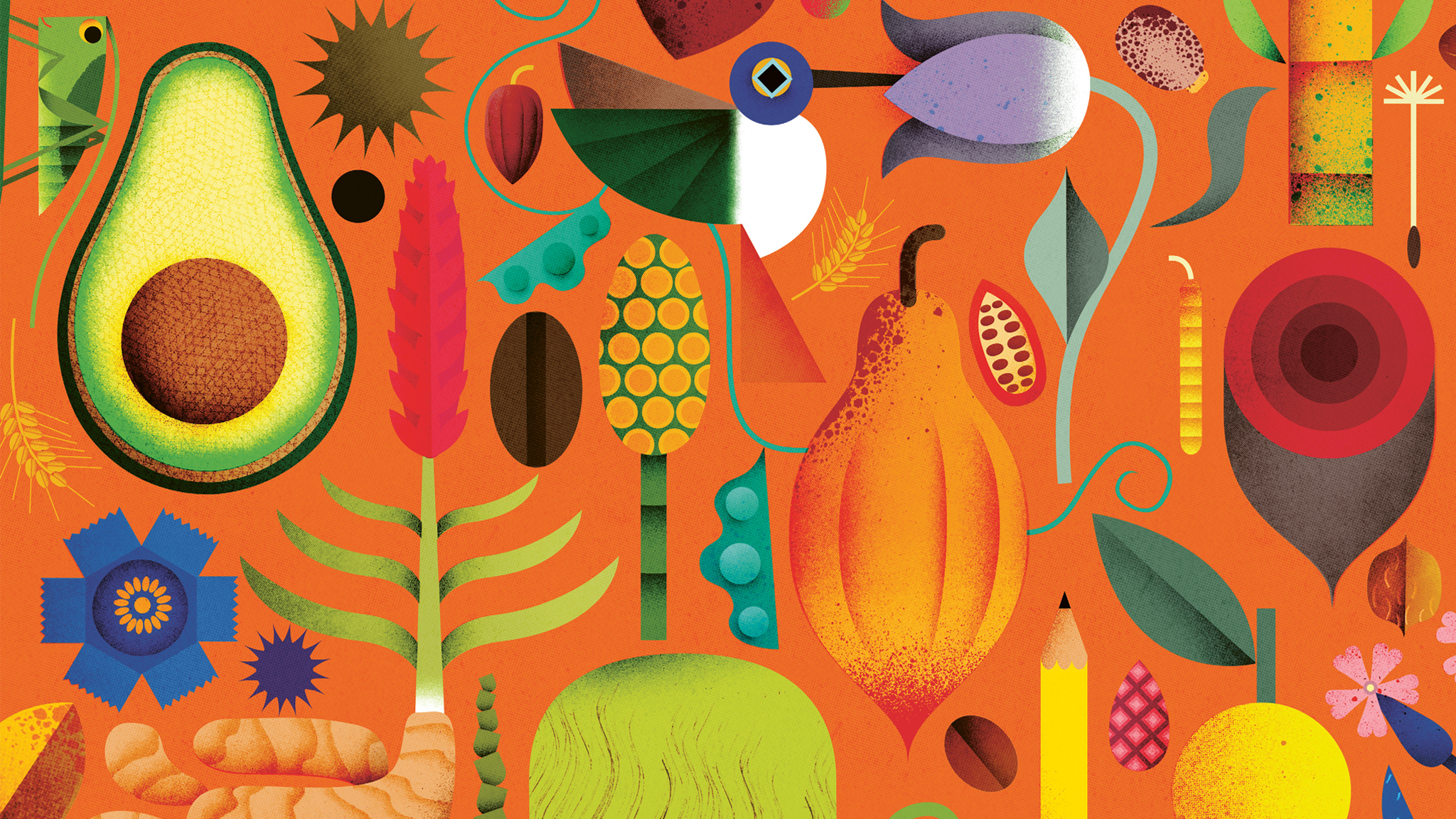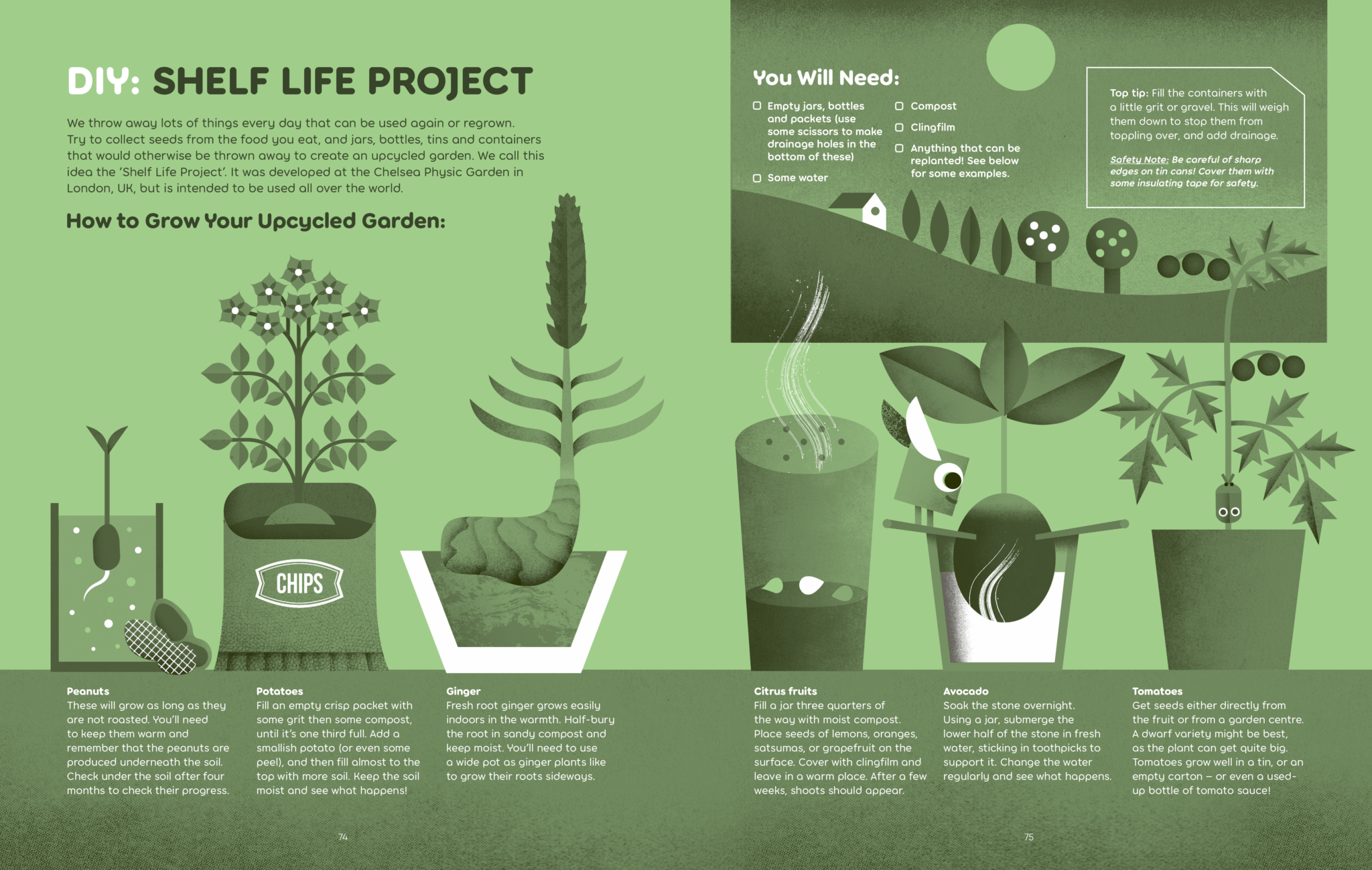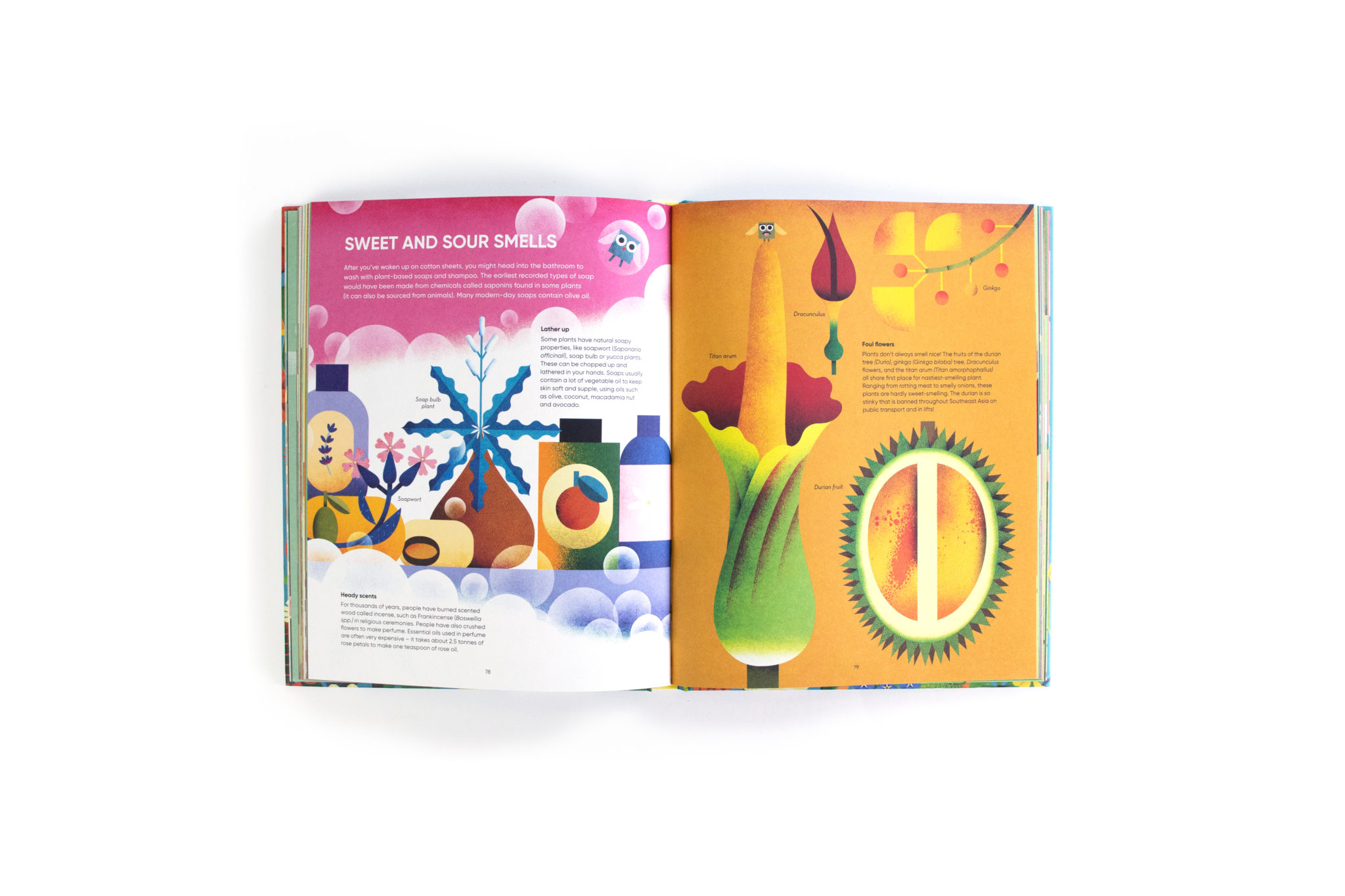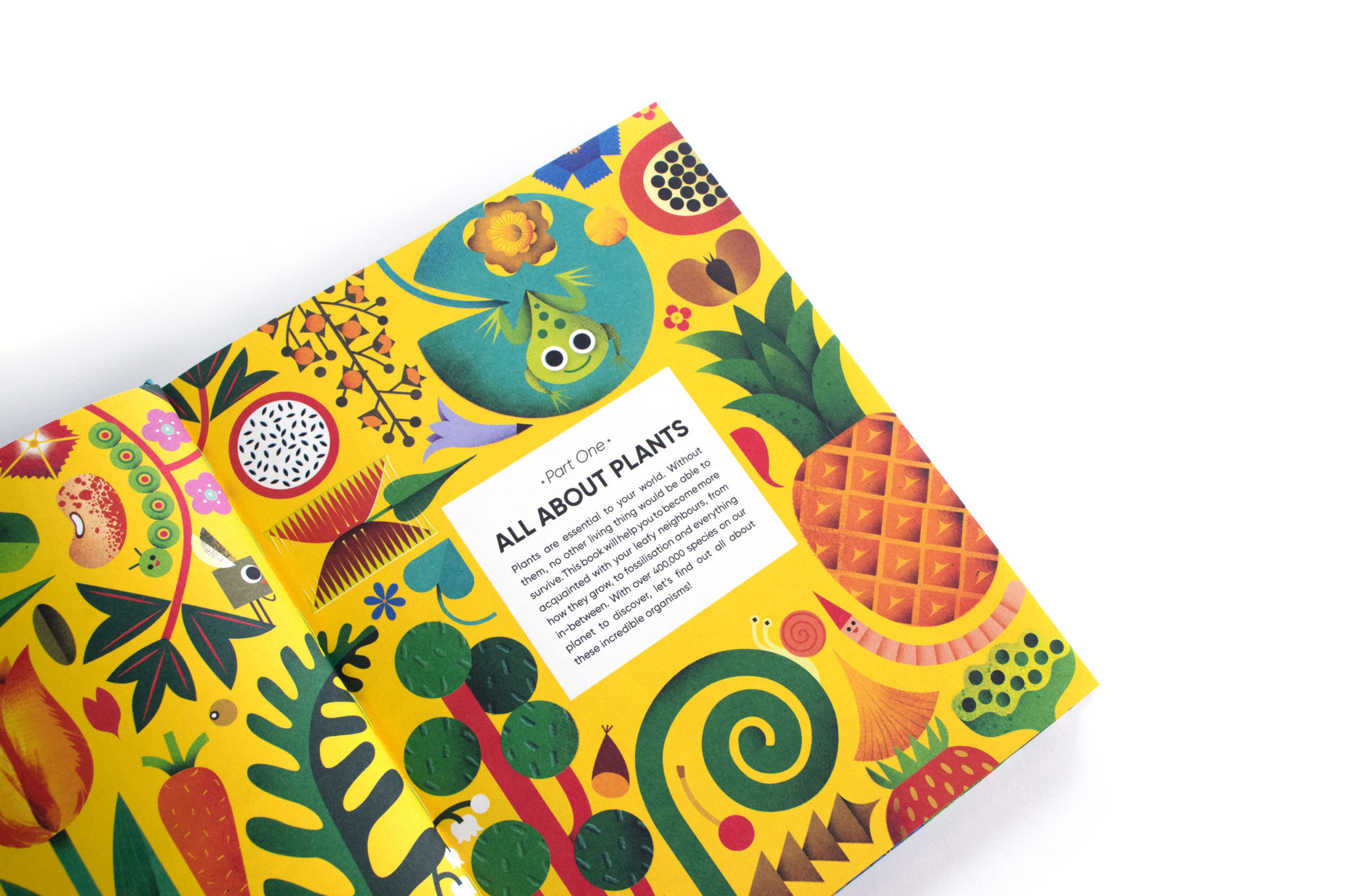
In celebration of Non-Fiction November, the wonderful Michael Holland, expert Botanist and author of I Ate Sunshine for Breakfast, has guest-written a blog post for us about the ways in which plants help us out throughout our daily lives, in many unexpected ways.
Over to Michael!
Hi, Michael Holland here!
Did you know that while you are reading this, you’re breathing oxygen that was produced by plants? Possibly recently, or it could have been produced a really long time ago. One large tree can release enough oxygen into the atmosphere to support two people for a year while also absorbing about 22kg of carbon dioxide each year. This is one of the gases linked to global warming, so trees help to protect our planet just by being there.
In the last 24 hours plants have helped me in many ways:
From the cotton of my bed sheets (by the way, did you know the cotton plant and the cocoa plant are cousins?!), my morning coffee (ground up roasted seeds from a tropical bush!), my morning cereal (15 plants in my crunchy granola), the plant-based oils and perfumes in my shampoo, my minty toothpaste, the paper of my notebook and the wooden furniture in my house.
It’s good, I believe, to understand the importance of plants in your life. In my book I Ate Sunshine for Breakfast, I zoom right into many of the ways plants help us in our lives as well as lots of other amazing plant facts.
Plants also help our environment– not just mopping up carbon dioxide, but also as habitats for many other animals. Old oak trees, for example can be home to over 500 different types of invertebrates as well as larger creatures like birds, bats and squirrels.
So what can you do to help the environment and have fun at the same time?
Well… we throw away lots of things every day that can be used again or even regrown, so why not use these to brighten up your home, learn about plants and reduce your impact on the environment at the same time?
One way to do this is by growing your very own upcycled garden.
Firstly, collect seeds from the food you eat, and jars, bottles, tins and containers that would otherwise be put in the recycling bin. By keeping the labels on, it will be obvious what the plant is once it is growing.
Examples I have tried include a potato in a crisp packet, tomato in a ketchup bottle, a bean growing in a tin of baked beans, an orange plant in a carton of orange juice and a peanut plant in a jar of peanut butter.

Here are some easy to plants grow and tips on how to do it:
- Citrus Fruits – 3/4 fill a marmalade jar with moist compost. Place seeds of lemons, oranges, satsumas, grapefruit on the surface. Cover with clingfilm and stand in a warm place. After a few weeks, your seeds ought to have germinated.
- Tomatoes – remove the seeds, dry them and bury them just under the surface of some compost.
- Potatoes – put some grit into a crisp packet then some compost until it’s ⅓ full then pop in a smallish spud and then fill to almost the top with soil above. Keep the soil moist and see what happens!
Be careful of sharp edges on tin cans – cover them with insulating tape.
Make drainage holes in the base of tins and cartons and if you can’t (glass jars), add a layer of small stones at the bottom and be careful not to overwater your plants.
Happy Growing!!

To learn more about how plants feature in all aspects of our daily life and lots more fun DIY activities, get your copy of I Ate Sunshine for Breakfast now!


